After spending a fair bit of time with Metal Gear Solid Delta: Snake Eater, a remake of one of the popular franchise’s most legendary titles in my honest opinion, my thoughts turned to another game that I’ve always believed could have, and dare I say should have, been more.
I’m talking, of course, about Metal Gear Solid V: The Phantom Pain, a title that found itself in the news for all the wrong reasons a decade ago. While I can’t believe it’s been ten years already, I also think back to how disappointed I was after my first playthrough, my expectations shattered after finishing a game that I felt was adversely affected by Kojima and Konami’s creative conflicts.
In my haste to paint The Phantom Pain as yet another victim of a clash between corporate interests and creative vision, I was left with a sort of phantom pain of my own. I lamented the game that I felt I deserved, my years of loyalty to the franchise being among the main reasons I felt that way. I was bitter about things, but ten years is a long time to not make peace with a video game.
That being said, I’ve been writing about Metal Gear Solid a lot lately. And I’m glad because in the process of doing some due diligence, I finally found closure, a cure to my own phantom pain, if you will. I’ve finally forgiven MGS5, not because it’s changed in any way, but because it hasn’t.
Sometimes, the game you want isn’t the one you get. And that’s okay. But as far as MGS5 is concerned, I’ve forgiven it because I’ve finally understood how it tells its story.
A Bridge Between Timelines
At this point, it’s a good idea to look at how the run-up to The Phantom Pain’s release had me absolutely itching to finally dive into what I was sure was going to be an absolute narrative delight that was packaged in a superb stealth-action title.
Part of that anticipation was Ground Zeroes, a title that served as MGS5’s prologue, setting things up very nicely indeed in my book. It was a great proof of concept for The Phantom Pain, bringing so many incredible changes that felt like its sequel would be off the charts on both the narrative and gameplay fronts.
Alas, only one of those predictions turned out correct. The gameplay loop on offer was insane for a fan of the franchise ever since I first played it at fourteen. While many of my gamer friends were more focused on other aggressive rampages in other popular games, I obsessed over the stealth-action gameplay loop in any Metal Gear Solid title I played.
Ground Zeroes upped the ante in so many ways! The visual and audio cues that replaced the stealth detection tools from the previous games were a very immersive touch, as was having the ability to use Snake’s binoculars more seamlessly. The ability to monitor enemy movements after marking them with a very handy iDroid was also welcome. The Reflex System was a personal favorite of mine since some players might be prone to being found quite often in stealth games, and having the option to respond quickly and salvage the situation was an excellent addition.
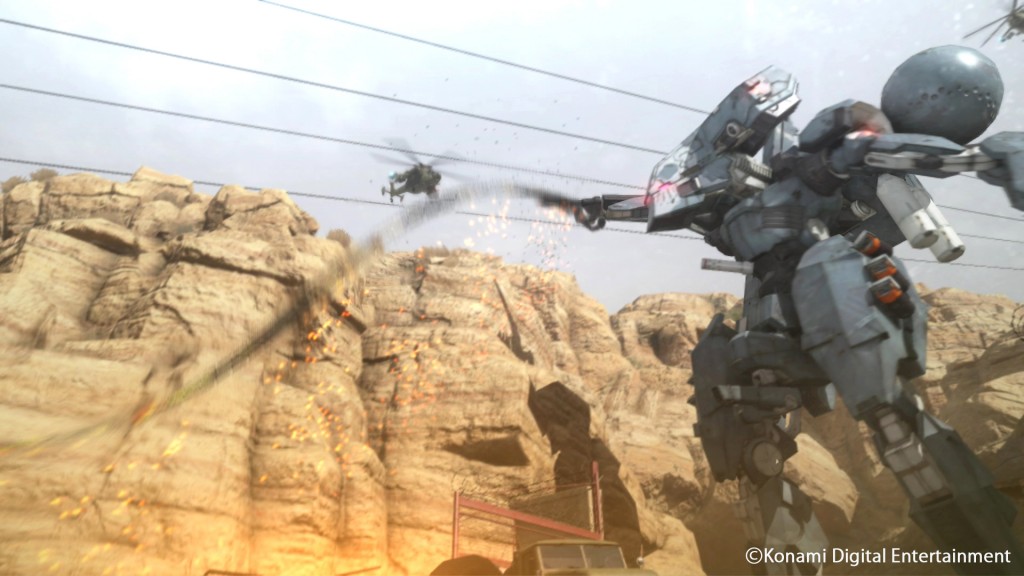
The story was similarly good, setting up a very explosive narrative involving Snake, Skull Face, Cipher, and other important characters from a very talented cast. It was the perfect stage for a sequel that would bring the franchise full circle, and finally bridge the gap between Snake’s journey to taking on the mantle of the monster that we would come to know him by in Metal Gear 1.
But a prologue that supercharges expectations for the rest of the story placed a heavy burden on The Phantom Pain. It now carried the weight of both an incredible gameplay loop as well as the need for its narrative to give its players some catharsis after a long wait.
Promises, Promises
That brings me to the promotional campaigns for The Phantom Pain. I couldn’t wait to dive into a larger, more ambitious open-world sandbox than the one in Ground Zeroes. And then there were those jaw-dropping trailers that I happily dove into along with the rest of the game’s community of fans.
They had me convinced that we were going to see a younger version of Solid Snake, and perhaps even be taken directly to the events of Metal Gear 1 as a result. Of course, none of that was promised outright, but the discussions were quite convincing, in my defense.
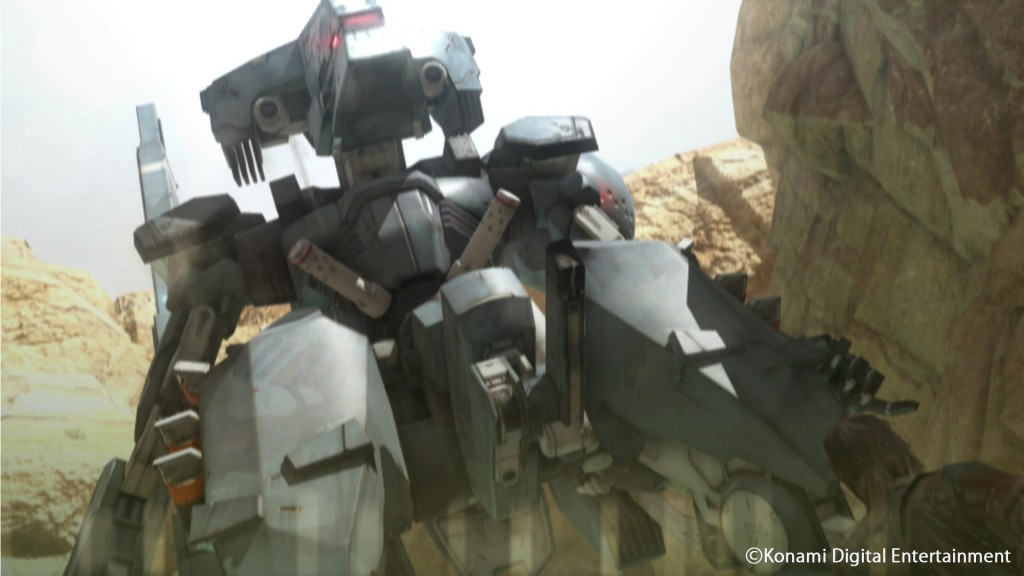
With all of those expectations, my first few hours in The Phantom Pain were spent just revelling in how its stealth mechanics were Metal Gear Solid at its finest. I was so thoroughly entertained that the story kind of took a back seat for a while. I loved every minute of those first few hours.
But, with a lore as elaborate, deep, and complex as the one in this franchise, I did eventually start focusing on the story. My curiosity to see how the events I expected to see would unfold made me prioritize the narrative, and that’s where the metaphorical chinks in the game’s armor began to show themselves. For starters, the distinct reduction in cutscenes struck me as an oddity, especially considering how brilliant those cutscenes had been over the franchise’s many titles. Keifer Sutherland taking over from David Hayter as the voice of Snake was a jarring oversight in my opinion, as was the tangible lack of dialogue from the character that made me wonder why the cat had his tongue.
Getting to the end of the story, Venom Snake’s true identity was a twist that I kind of saw coming, but nevertheless found flat considering my limited perspective at the time. I failed to consider that Kojima was an expert at the bait-and-switch tactic, something he had already done in MGS2. Not many people would have guessed we’d be playing Raiden instead of Solid Snake, after all.
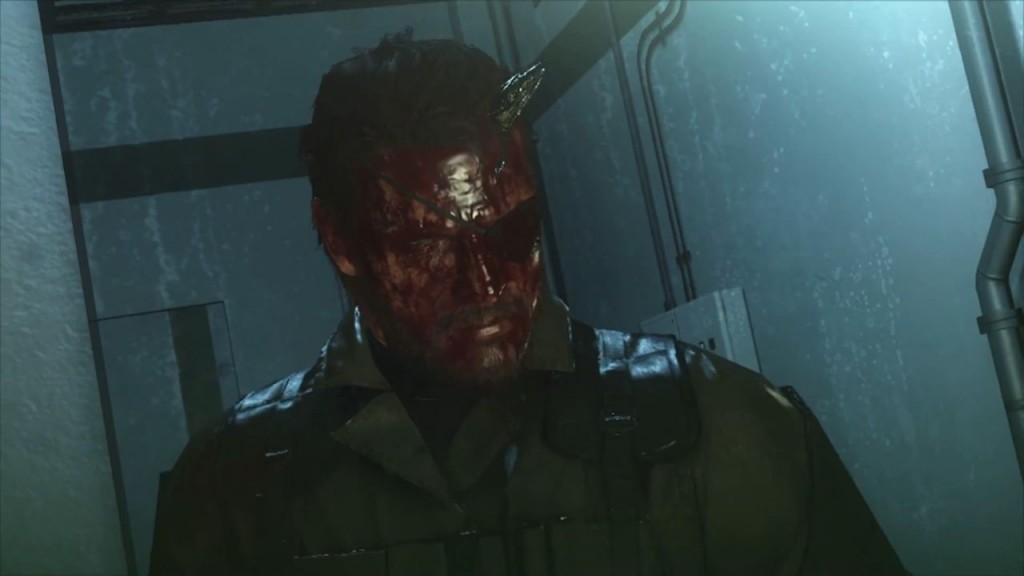
I’m going to revisit why The Phantom Pain’s Venom Snake reveal made a lot more sense in just a moment, but at the time, it was a reveal that I saw as a let-down instead of a clever way of integrating the very expectations that made the story feel incomplete by Kojima, a storyteller who continues to astound me ten years down the line. I felt like I was an unwilling volunteer, pulled on stage to participate in a magic trick I never asked to be a part of.
It’s a good idea to look at Mission 46 and the idea that “you are the legend you created,” and its impact. Personally, it’s one that I believed could have worked better had the overall narrative been more cohesive as a whole. The game felt disconnected from its story as well as from the meta-narrative that the franchise had spent years establishing. And don’t get me started on my sentiments about Episode 51!
So What’s Changed?
I’ve spent a long time trying to make sense of my phantom pain. I tried the game again in 2018, and didn’t even get through the entire thing. My complaints about it continued to endure despite the game feeling better, but not complete. Mods and community fixes, and even an attempt to find Episode 51 mods, didn’t help either. Unlike other MGS titles that I would play over and over, The Phantom Pain was one I was simply not interested in revisiting.
But in a post Death Stranding world, and of course, my time spent working on the recent Metal Gear Saga story recap video, the chance to dive deeper into the Phantom Pain was something that has finally parted the curtains on Kojima’s vision for the game.
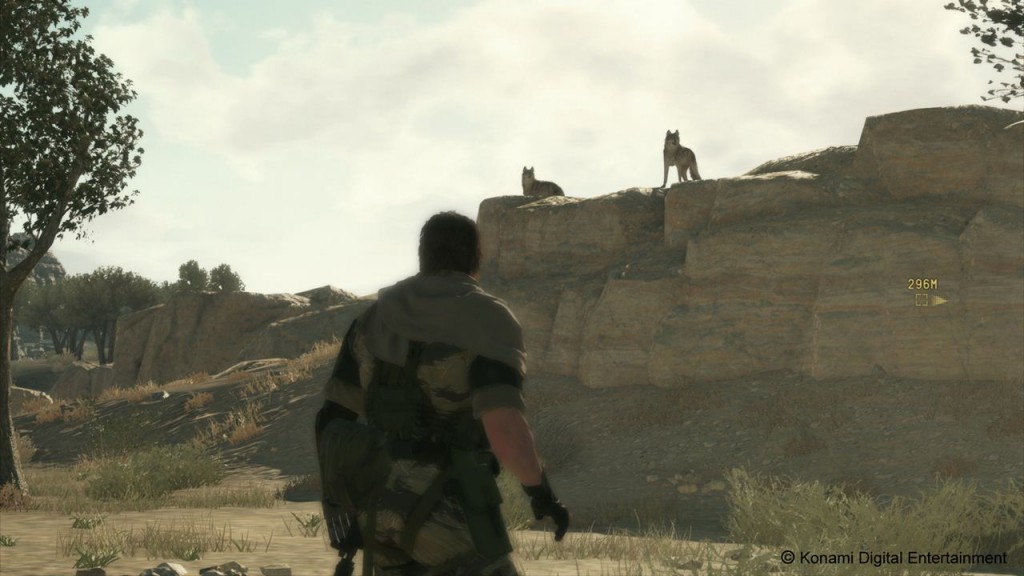
A better understanding of the developer and his game has led me to the conclusion that The Phantom Pain is a title that needed a more nuanced examination and a maturity that extended beyond a fanboy’s excitement to see his favorite stories come to life.
Diving back into the stories of Snake, The Boss, Volgin, the Cobra Unit, and, of course, a more detailed analysis of the saga made me see things differently. Deep diving into the lore of Peace Walker, and so many other important story beats, showcased just how much of the exposition I had missed during my time with The Phantom Pain. The solution to my problem was so simple, it was staring at me right in the face the whole time.
The absence of the series’ traditionally long cutscenes and the more usual form of revealing important story beats were the whole point of The Phantom Pain. Every major question of mine that went unanswered was already resolved. I just had to work for it, considering that most of the story was hidden away in tapes, intel, interrogations, and even eavesdropping on soldiers.
These seemingly disparate, for lack of a better word, unlockables, were simply collectibles or nice to have entities to me back in the day. But I now know that they were crucial arteries in a very creative narrative delivery system, a showcase of Kojima’s genius. They reframed missions I had already played, while relocating important exposition from cutscenes to player-driven discovery. It’s frankly something that I’m only beginning to see replicated in the current generation of games.
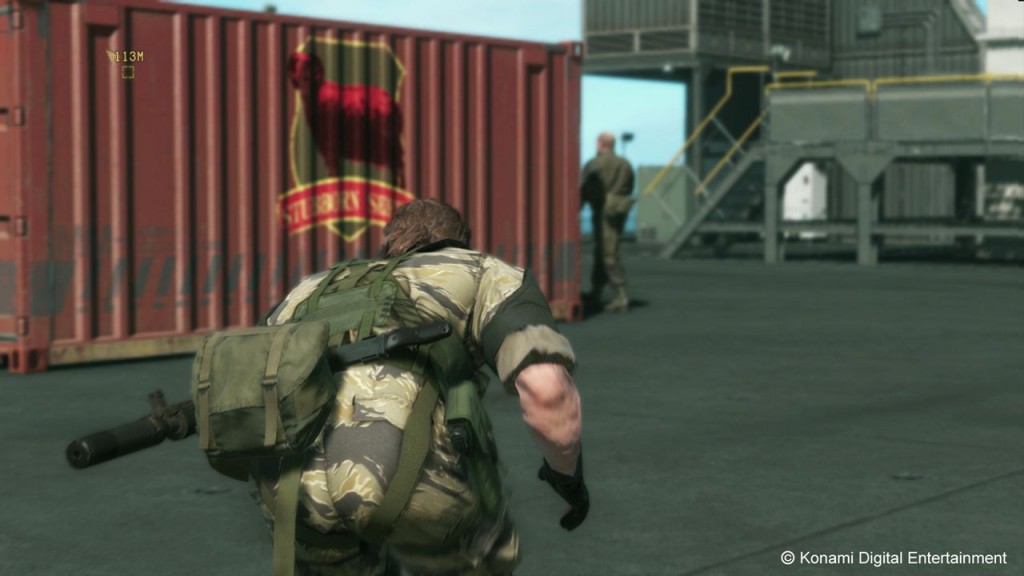
It made me see Skull Face and his attempt to create linguistic control as a kind of new warfare tactic in a new light. It made me see Big Boss as the one who betrayed me, just as he intended, and not Kojima, like I thought.
Indeed, Venom Snake is simply an extension of the player, a way for Kojima to weave his players into his plotline as the “phantom” of Big Boss. It locked the game’s purpose as a bridge to the first title in place, and in doing so, let me finally accept how its story was delivered to me.
The Pain Fades
These realizations are the reason why I now rank The Phantom Pain high among my favorite Metal Gear entries. It was meant to be incomplete to a player who refused to engage with it completely, a sort of way to convince said players to look past the “git gud” gatekeeping in other titles and truly engage with the games they wanted to play.
Although I still wish for a playable Big Boss segment in the game, and of course, the restoration of all the cut content from Episode 51, I can safely say I’m over my phantom pain. Those additions wouldn’t have mattered in the long run, considering that my closure came not from new content but from a new perspective.
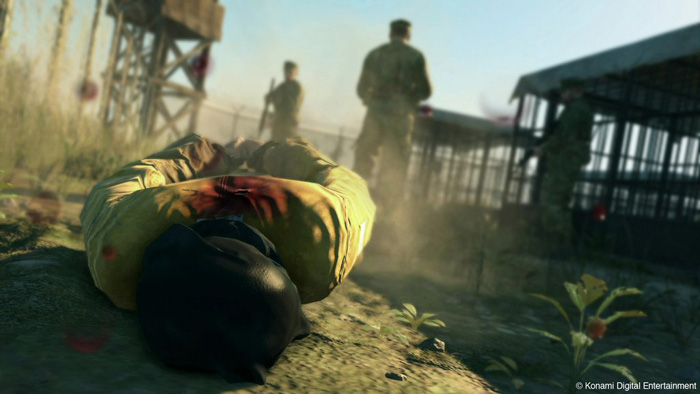
I can’t say that the hurt I felt ten years ago wasn’t real, but looking back, it’s probably going to be what has convinced me to truly enjoy the games that I play. My phantom pain was a necessary step in my journey towards more fulfilling video games.
By finally understanding what The Phantom Pain was trying to teach me, I know that I’m going to look deeper into every future game that I play, and probably be extra alert if it’s one from Kojima! It’s time for me to dive back into The Phantom Pain and experience it the way that Kojima intended.
I just wish it hadn’t taken me ten years to get there.
Note: The views expressed in this article are those of the author and do not necessarily represent the views of, and should not be attributed to, GamingBolt as an organizati

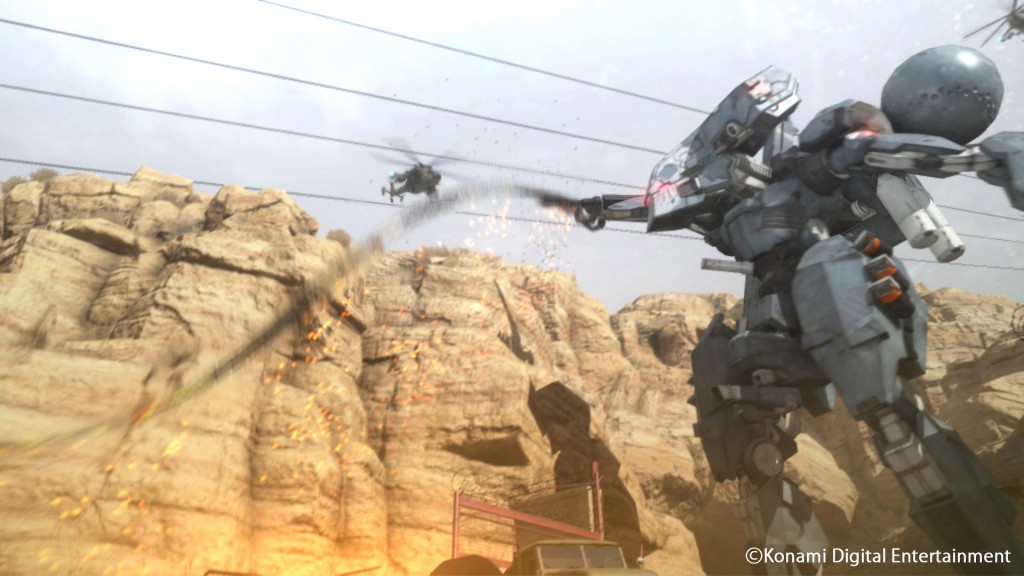


It’s great to see reflections on such an iconic game! The journey through Metal Gear Solid 5 must have been quite an experience, and it’s interesting to hear how the remake of Snake Eater has influenced your perspective. Thanks for sharing your thoughts!
Absolutely, it really is a journey! It’s interesting to consider how the themes of freedom and choice in Metal Gear Solid 5 resonate even more ten years later, especially in today’s gaming landscape. It shows how impactful the series has been over the years.
Absolutely, the themes in Metal Gear Solid 5 really resonate with the player’s personal journey. It’s fascinating how the game challenges our notions of freedom, especially in relation to the choices we make and their consequences in the narrative. It adds a deeper layer to the gameplay experience!
You’re right! The exploration of freedom and choice in Metal Gear Solid 5 adds such depth to the experience. It’s interesting how these themes can also reflect our own struggles and growth over time, making the game feel even more personal.
Absolutely! The themes of freedom and choice really resonate throughout the game, especially in how they impact the player’s decisions. It’s interesting to see how those elements shape the narrative and character development, making each playthrough unique.
I completely agree! The exploration of freedom and choice is central to the experience. It’s interesting how the game also highlights the consequences of those choices, adding depth to the narrative.
You’re right! The themes of freedom and choice really do shape the player’s journey. It’s fascinating how the game’s open-world design allows for varied approaches to missions, making each playthrough unique.
Absolutely! The way the game intertwines narrative and gameplay choices really enhances that feeling of freedom. It’s interesting how those themes resonate differently as we revisit the game years later, reflecting our own growth.
I completely agree! The choices you make in Metal Gear Solid 5 really do impact the story in profound ways. It also highlights how player agency can lead to different interpretations of the narrative, making each playthrough unique.
Absolutely! The way your decisions shape the gameplay and narrative is a hallmark of the series. It’s fascinating to see how those choices resonate with players long after finishing the game. Plus, revisiting the themes in the remake might bring a fresh perspective on those earlier choices.
You’re right! The choices really do enhance the immersion in the story. It’s interesting how Metal Gear Solid V introduced more open-world elements, allowing for even greater player freedom than previous titles. This shift definitely added a new layer to the decision-making experience.
Absolutely! The choices not only deepen the storytelling but also allow players to shape their own unique experiences. It’s fascinating how Metal Gear Solid has always pushed the boundaries of narrative in gaming, making each playthrough feel personal.
I completely agree! The choices really do enhance the narrative experience. It’s fascinating how the freedom to make decisions can lead to multiple interpretations of the story, making each playthrough unique. Plus, it adds to the emotional weight of the characters’ journeys.